The aptly-named Butter is expected to reduce latency, increase intuitiveness and make for a smoother overall experience in an effort to address the prominent issue of perceived lag seen in previous Android iterations. As Android User Experience Director Matias Duarte put it in a Nexus 7 presentation video shown at Google I/O on Wednesday: "We declared a war on laginess."
According to Google's Android developer website, Butter uses so-called "vsync timing" across all graphics drawing and animations to ensure a constant frame rate, allowing for a smoother operating environment that is supposedly "effortless" and "intuitive." All graphical assets including application rendering, touch events, and display refreshes are synced against the vsync clock which runs at a snappy 16 milliseconds.
Google is focusing on user interactivity by reducing the lag time between screen touch and UI response, claiming that Jelly Bean will actually anticipate where a finger will be at the moment of the next screen refresh. While the statement may include a dash of hyperbole, it is possible for an OS to "guess" what graphical asset a user will likely touch next in certain instances like radio buttons or "yes/no" pop up overlays. It is unclear how the OS calculates this input data, but apparently the feature "results in a more reactive and uniform touch response." Finally, after long periods of inactivity, the newest Android build will apply a CPU boost to the next touch event to further reduce perceived lag.
Google's new Nexus 7 tablet will run Android 4.1 Jelly Bean
driven by "Project Butter." | Source: Google
One of the more unique additions to Jelly Bean is the new "systrace" developer tool that collects data directly from the Linux kernel and displays the gathered information in a "vertically stacked" time series graphs. The process, dubbed "tooling," uses systrace to help in isolating rendering interruptions and other OS issues, affording a bird's-eye view of system operations. Google's systrace tool is available in the Android SDK (tools R20 and higher).
While the overall benefits of Butter have yet to be seen, the graphics-centric initiative looks to make up some ground on the Apple's iOS. The two operating systems have been compared numerous times before and many pundits believe iOS to have the smoother, more intuitive interface though the playing field may be leveled when Jelly Bean arrives next month.
One of the first devices to sport Jelly Bean will be Google's own Nexus 7, a 7-inch tablet announced on Wednesday that hopes to nibble at the iPad's massive marketshare. The product should be an ideal testbed for Butter as it uses an NVIDIA Tegra 3 quad-core CPU and 12-core GPU chipset to power a high-resolution 1,280-by-800 pixel display. According to Google's own website, the system will allow for animations of up to 60 frames per second and can chew through edge-to-edge 720p video.
 Mikey Campbell
Mikey Campbell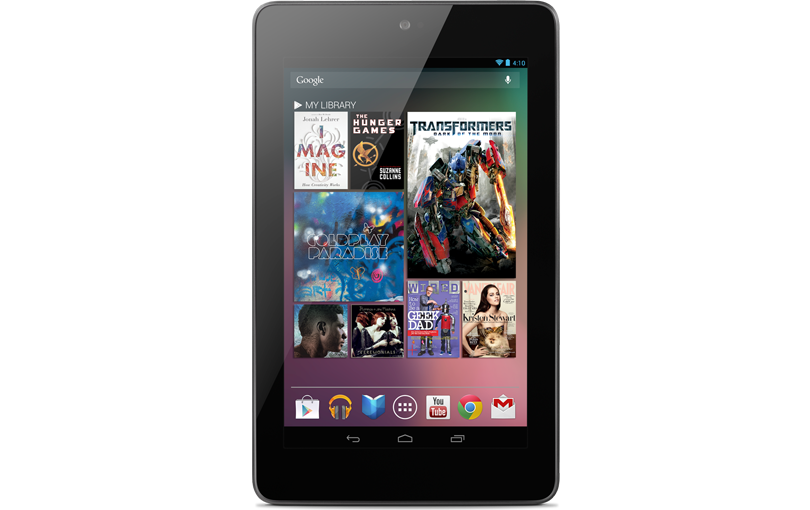
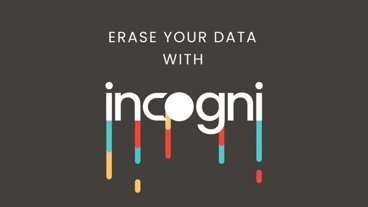
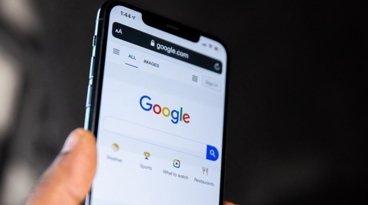

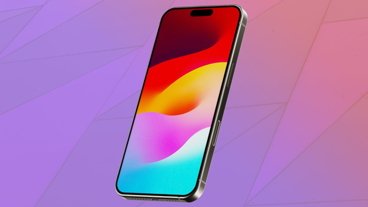
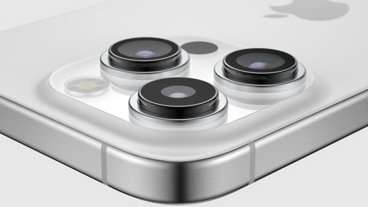


-m.jpg)





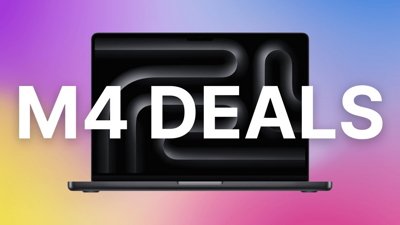
 Christine McKee
Christine McKee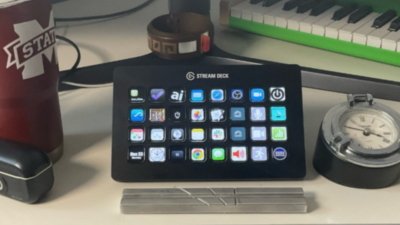
 William Gallagher
William Gallagher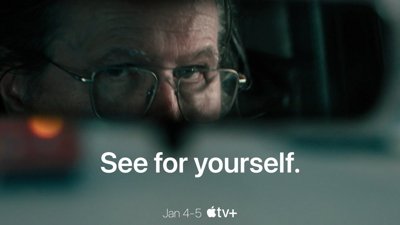
 Amber Neely
Amber Neely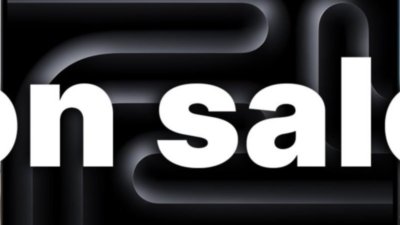
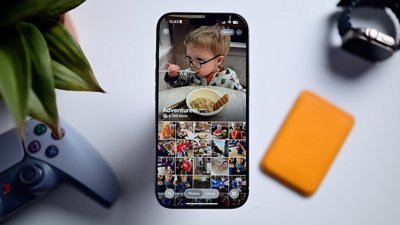
 Andrew O'Hara
Andrew O'Hara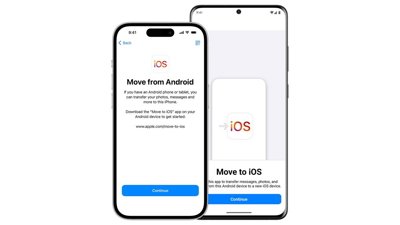
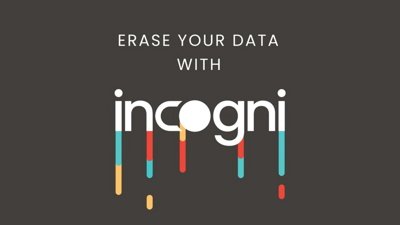
 Sponsored Content
Sponsored Content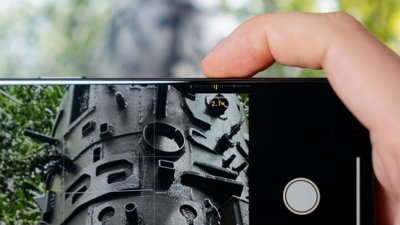
 Charles Martin
Charles Martin









109 Comments
This is pretty awesome for a .1 update.
It's great that the there will be 4 devices with it right at launch too. It's also going to be easy for OEMs to update from ICS to JB
So Google needs to have a "project" to actually correct deficiencies in Android (e.g. lag) and they call it Butter? How about Project Lube or Project WD-40? For crying out loud.
So Google needs to have a "project" to actually correct deficiencies in Android (e.g. lag) and they call it Butter? How about Project Lube or Project WD-40? For crying out loud.
I don't see what's wrong with it.
Apple pushes out updates to increase the performance of their devices too.
What's the issue?
Right up there with the name Jelly Bean is the the name of the developer seminar for this project "For Butter or Worse"
Are you kidding me?
I'll guess "Worse" for $200.
[quote name="MaroonMushroom" url="/t/150952/project-butter-to-improve-responsiveness-in-android-4-1-jelly-bean#post_2135459"]I don't see what's wrong with it. Apple pushes out updates to increase the performance of their devices too. What's the issue? [/quote] Apple would it call bug fix or a service release. Google want you to think it's a feature not to have lag, and so they call it "Project Butter" - a laughable euphemism.